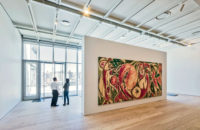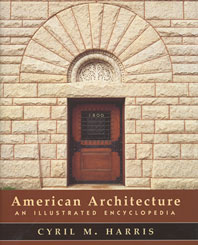Whitney Museum of American Art, Downtown Branch
Whitney Reveals Piano's Design for Downtown Branch.

Whitney Museum of American Art, Downtown Branch
The Whitney Museum of American Art recently unveiled plans for a satellite building designed by Renzo Piano. The 50,000-square-foot facility will be located in Manhattan’s Meatpacking District.
Image courtesy Renzo Piano Building Workshop

Whitney Museum of American Art, Downtown Branch
The Whitney Museum of American Art recently unveiled plans for a satellite building designed by Renzo Piano. The 50,000-square-foot facility will be located in Manhattan’s Meatpacking District.
Image courtesy Renzo Piano Building Workshop

Whitney Museum of American Art, Downtown Branch
The Whitney Museum of American Art recently unveiled plans for a satellite building designed by Renzo Piano. The 50,000-square-foot facility will be located in Manhattan’s Meatpacking District.
Image courtesy Renzo Piano Building Workshop

Whitney Museum of American Art, Downtown Branch
The Whitney Museum of American Art recently unveiled plans for a satellite building designed by Renzo Piano. The 50,000-square-foot facility will be located in Manhattan’s Meatpacking District.
Image courtesy Renzo Piano Building Workshop



